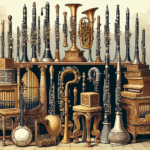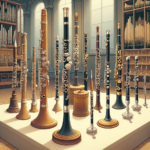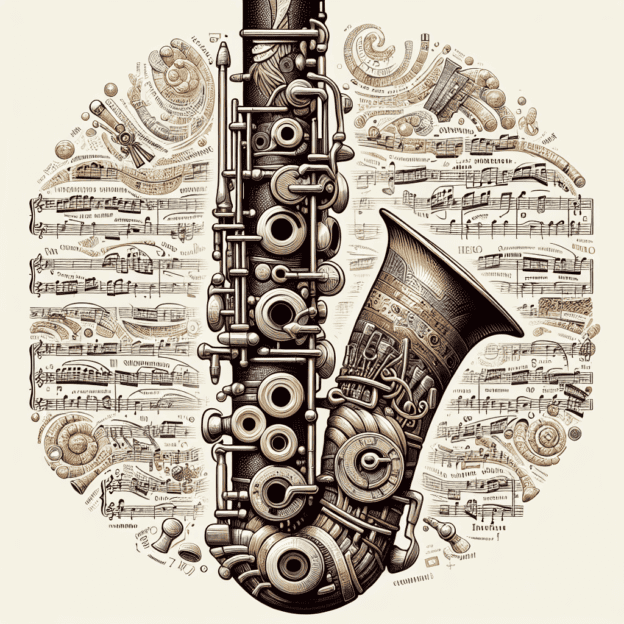The clarinet holds a timeless place in the world of music. But, have you ever wondered why they sound or play differently depending on the brand or era in which they were made? One primary reason lies in their bore design—a feature that has seen fascinating evolution over centuries. Let's explore what makes this subject so interesting to musicians and instrument enthusiasts alike.
The bore is essentially the hollow part inside the clarinet where air travels when you play. Seems straightforward, but this is where the magic truly happens. Every single detail about the bore—from its shape to its size—affects the clarinet's tone, intonation, and response. Today's clarinets usually have either cylindrical or polycylindrical bores, but this wasn't always so clear-cut.
Historical Bore Designs
Before modern instruments, clarinets had cylindrical bores. They produced a simple, warm tone that matched beautifully with baroque and classical music styles. When romanticism took over the music scene, players wanted something more dynamic, with rich overtones and greater flexibility.
That's where polycylindrical bores came into play. By introducing subtle variations in bore diameter along the clarinet's length, this design allowed players to experiment with tonal texture. Many famous makers like Martin Freres introduced bore modifications that significantly improved performance standards. These bores are often credited for the balance and evenness in modern clarinets today.
| Bore Type | Characteristics | Era |
|---|---|---|
| Cylindrical | Simple, warm tone | Baroque and Classical |
| Polycylindrical | Rich overtones, greater flexibility | Romantic and Modern |
Bore Innovation in the 19th and 20th Centuries
The 19th and 20th centuries saw exciting developments in bore innovation. Makers refined their models, working closely with players to understand how small adjustments could greatly improve sound projection or make high notes easier to play. Martin Freres, known for its craftsmanship and understanding of player needs, became associated with reliability and excellent sound quality.
Imagine how early clarinetists felt when polycylindrical bores were first introduced. It must have sounded like entering a new world of musical expression! This shift from old tools to new advances shows how small changes transformed playing techniques.
Why Modern Clarinetists Should Care
Modern clarinetists should care about these historical bore changes because every note played on today's clarinets owes its character to these past discoveries. Whether it's Martin Freres or other well-known models, their bore designs reflect years—sometimes centuries—of innovation.
For example, comparing a German Oehler-system clarinet to a French Boehm-system reveals how bore design affects tone. German clarinets often have narrower bore shapes that produce a richer, darker sound. French-style clarinets, on the other hand, use polycylindrical bores that create brighter tones often heard in orchestras.
Adaptability of Historical Clarinet Bore Designs
The adaptability of historical clarinet bore designs is remarkable. Makers continuously improved these interiors to meet changing music demands—whether for jazz versatility, classical depth, or marching band energy. Understanding these origins helps players appreciate why certain clarinets work better for specific music styles today.
Repairs and Custom Modifications
Even repairs and custom modifications for clarinets show how important bore design is. Skilled craftsmen often use techniques like gouging or reaming to fix flaws in older instruments. This practice keeps historical clarinets playable for today's musicians while respecting their heritage. You could say these repairs connect the past with the present.
Teaching and Learning About Bore Designs
For clarinet teachers sharing this knowledge with students, explaining historical bore designs goes beyond academics—it's about understanding the broader journey of music and sound. Sharing the ingenuity behind these advancements could spark a beginner's interest or inspire experienced players to explore the subtle qualities of their instrument.
Conclusion
Whether you're a student practicing scales, a performer on stage, or simply interested in clarinet history, the fascinating story of bore designs has something for everyone. Next time you appreciate your clarinet's smooth tones or precise notes, this knowledge might deepen your appreciation for the rich history within its chambers.







